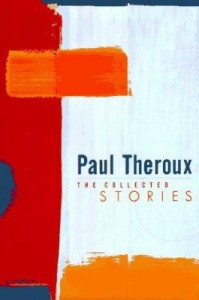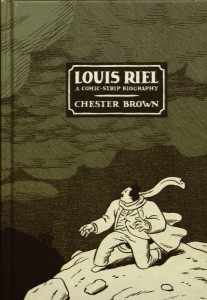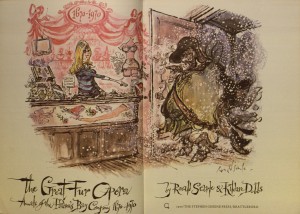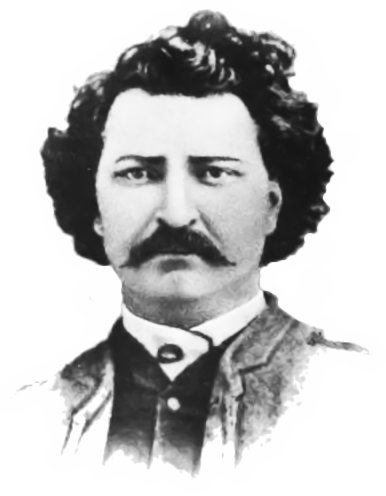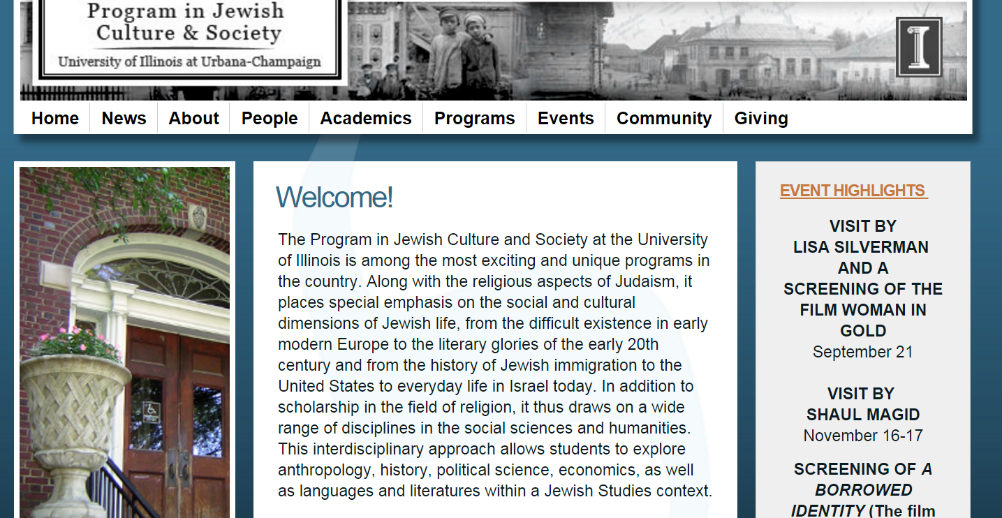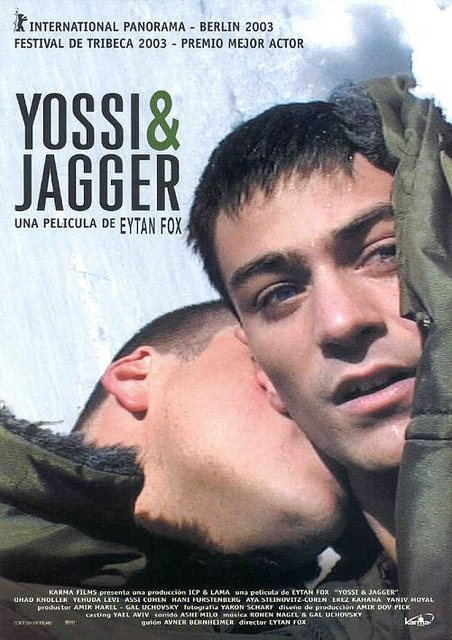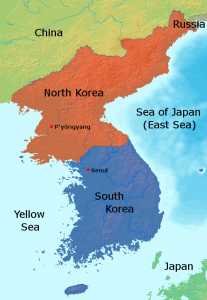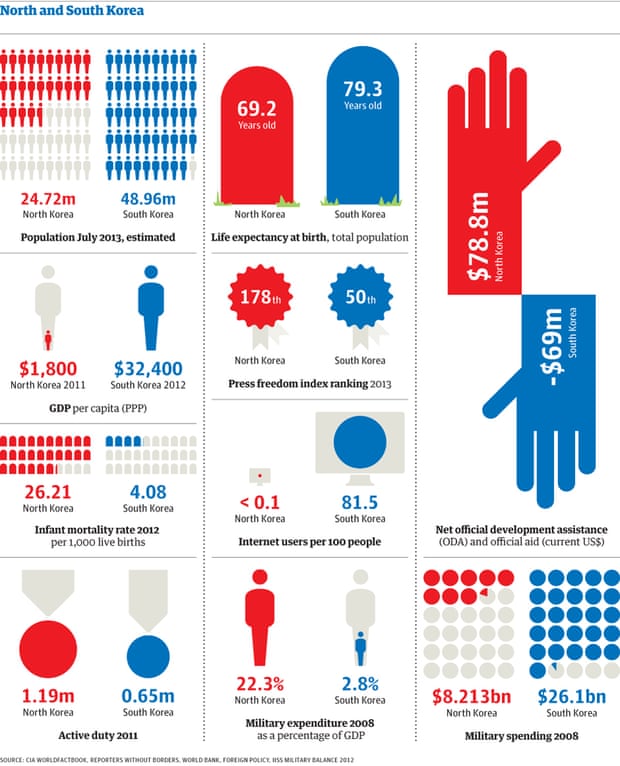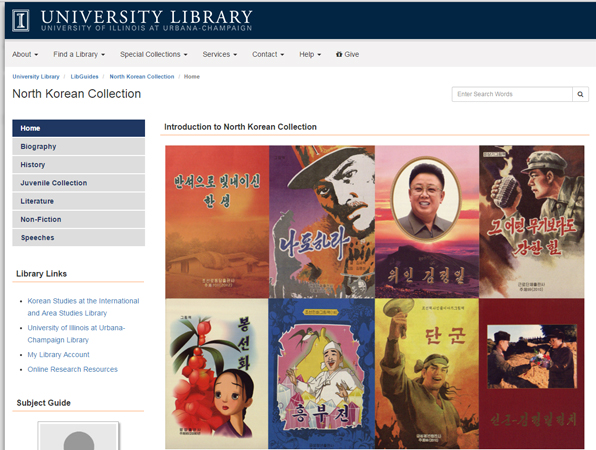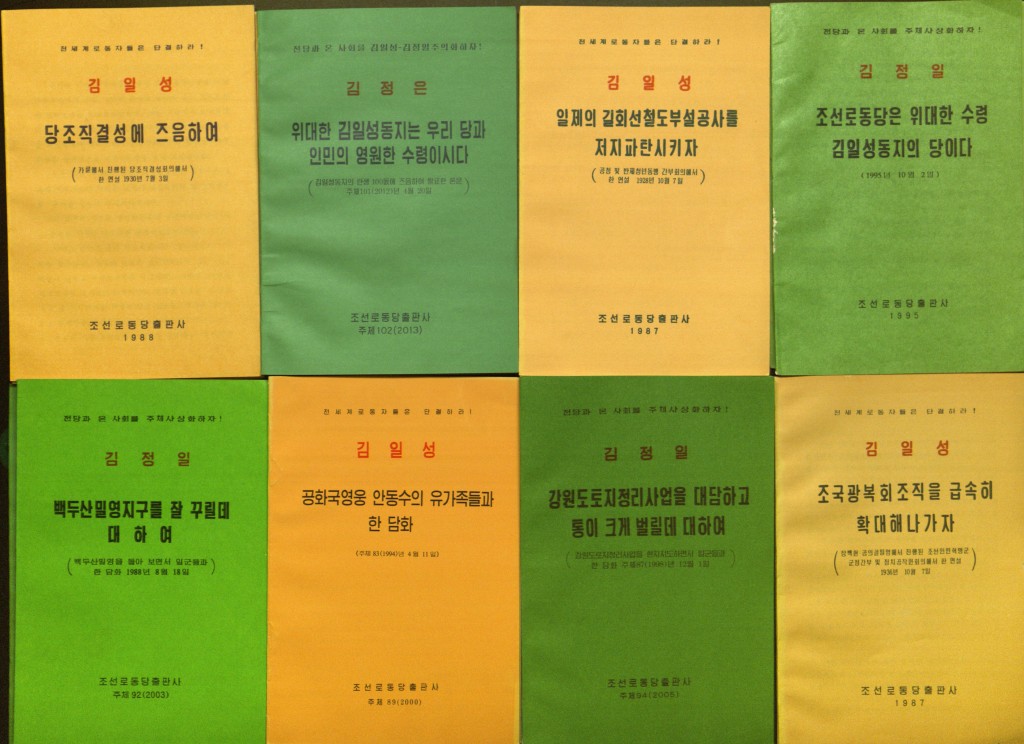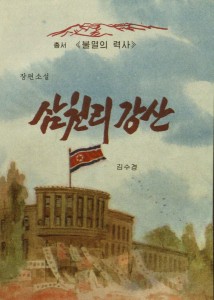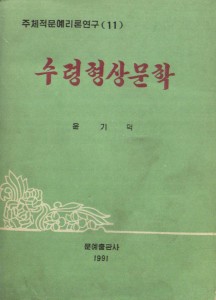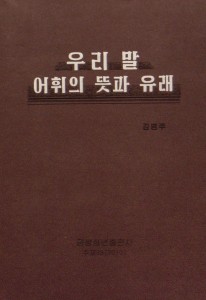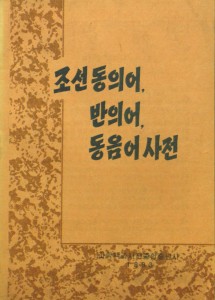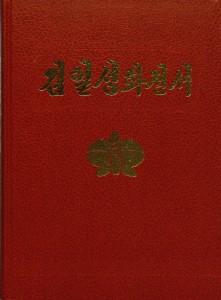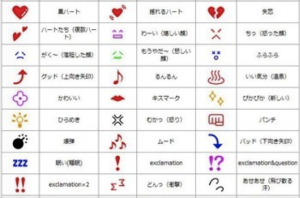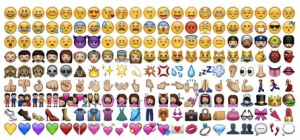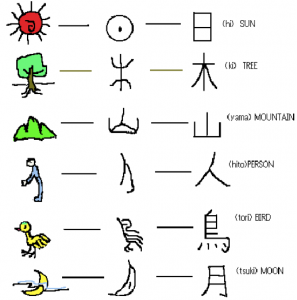
Map of Rupert’s Land in North America, the extent of the territory administered by the Hudson’s Bay Company, 1670-1870. Source: Wikimedia Commons.
The recent Hollywood blockbuster The Revenant stars Leonardo DiCaprio as an 1820s fur trader left for dead after a bear attack in the wilds of what are today the states of Montana and South Dakota. While the plot is partially fictional, much of actual North American history is referenced, including the harshness of the conditions surrounding the fur trade of the era. While some French-Canadians have condemned the film for its depictions of French-speaking voyageurs as lawless and immoral compared to the heroic American character portrayed by DiCaprio, the film is a strong contender for Best Picture at the upcoming Academy Awards. But where does the fiction end and the real history begin in this cinematic tour-de-force?
Before we answer that, let’s fast-forward from the 19th century back to the 21st for a moment. If you happen to be walking down the streets of one of Canada’s major cities like Winnipeg or Montreal, you might come across the name “Louis Riel” on certain government buildings and other official landmarks. You might suppose that this Riel fellow was a local hero, perhaps an important statesman or leader of some other kind from the pages of a history book. Given the French-sounding name, you might suppose that Monsieur Riel is somehow implicated in Canada’s origins (in part) as a colony of France. On all of these counts, you would not be wrong. But the deeper truth of Louis Riel’s story is as complex as any in North American history, and, moreover, essential to the establishment of the modern nation of Canada.
Chances are that while walking down the same hypothetical Canadian street, you would also likely be within a few miles’ radius of a certain department store called the Hudson’s Bay Company (HBC), often referred to today simply as “the Bay.” But, back when this particular company was founded – 346 years ago – it had a slightly longer, more ponderous title, as we will see shortly.
Louis “David” Riel, Jr. (1844-1885) was a Métis (French: “mixed” – compare to Spanish mestizo or Portuguese mestiço), a descendant of both French fur traders and Canadian First Nations peoples such as the Cree. This distinct and semi-nomadic group, now recognized by the Canadian government as an Aboriginal people by the Constitution Act of 1982, represents an important phase of North American and especially Canadian history. For centuries, colonial-era French, Scottish, and English trappers ventured deep into the wilderness of what is now the northern United States and central Canada to supply the aforementioned Hudson’s Bay Company with commodities such as beaver pelts, highly valued in Europe for their quality and utility. Many of these intrepid men married women from the various First Nations groups and settled down with them to start families in small communities near the many lakes and rivers of the region. Such a community was the Red River Settlement, where Louis Riel was born and raised, on the site of what is today the city of Winnipeg, Manitoba.
When France’s hold on the North American continent fell suddenly to the British at the culmination of the French and Indian War (also known as the Seven Year’s War) in 1763, French-descended and -speaking peoples such as the Quebecois and the Métis were, in many ways, at the mercy of their new colonial overlords. However, in the case of the Métis, many had already moved far to the west of the more populated areas of Quebec and Ontario (then known as Lower and Upper Canada, respectively) into what are today the provinces of Manitoba and Saskatchewan. For approximately a century thereafter, the relationship between the Métis and the Hudson’s Bay Company – established by English charter since 1670 as “The Adventurers of England Trading into Hudson’s Bay” – would continue as it had in the same spirit of “heroic commerce,” as some historians have put it. Therefore, these lands were not yet a part of the soon-to-be sovereign Dominion of Canada, but instead made up an unincorporated territory of the ambiguous “Rupert’s Land,” as the drainage basin of the gargantuan Hudson’s Bay had been called since the British had claimed it via the Hudson’s Bay Company in the seventeenth century.
In 1869, when the newly independent government of Canada – though still under allegiance to the British crown as the ultimate legal authority – began to expand its jurisdiction into territories west of Ontario, including what is now the province of Manitoba, the local Métis, First Nations, and also various European or Euro-descended settlers were presented with a precarious dilemma: fight for independence or become a part of the new nation of Canada?
Louis Riel was the most prominent leader of the camp in opposition to these expansionist plans envisioned by Canada’s first Prime Minister, Sir John A. Macdonald. Riel had been educated in Montreal and thus spoke English and was well-versed in the political dynamics of the time. When the surveying of the land began, Riel immediately was able to begin negotiations with the mostly Ontario-based prospectors and administrators that sought to establish the Red River area as a new province. At one point, Riel was even elected to Canadian Parliament in Ottawa. As Riel would soon find, however, these newcomers’ plans did not consider the specific rights, cultures, and land claims of the original and historical inhabitants. Moreover, much of the Canadian government’s plans included displacing the mostly Catholic Métis with white, Protestant Ontarians. Conflict seemed inevitable.
Riel fought against the standing powers more with his voice and his pen than with any physical violence for the more than fifteen years of his involvement in the conflict. To avoid threats to his life, he spent long stretches of time in exile at the Métis settlement of Pembina, just across the U.S. border in Montana. However, because of his implication in the controversial public execution of an Anglophone settler named Thomas Scott in 1870, Riel was eventually convicted of high treason against the British crown in 1885 and was executed later that month by hanging. Meanwhile, back east, a majority of the Francophone population of Quebec seethed in opposition to such severe sentencing.
Though Riel was executed, his story and that of his people were integral to the cultural and ideological foundations of Canada, including its French, British, and First Nations heritages (and the mixtures thereof). In recognition of the man who is now considered the Founder of Manitoba, in 1992, the Canadian Parliament established the third Monday of February as Louis Riel Day, a statutory holiday celebrated in Manitoba that coincides with Family Day celebrated in other Canadian provinces. This year, Louis Riel Day falls on Monday, February 15, 2016.
The historian Thomas Flanagan writes, “Louis Riel is perhaps the most prominent name in Canadian history. In his brief political career, he personified the enduring antagonism of Canadian history: French against English, native against white, West against East. Not surprisingly, there is intense controversy over the significance of his life. He has been called a rebel and a patriot, a villain and a hero, a madman and a saint – and still the debate continues.”
As for the Hudson’s Bay Company, today it stands as the oldest merchandising company in the world.

The Hudson’s Bay Company’s flagship store in Toronto, Ontario, 2012. Source: Wikimedia Commons.
For more information about Louis Riel, the Métis, the Hudson’s Bay Company, and the founding of Canada, check the links shown above as well as the following books available through the University of Illinois Library:
Adams, Christopher, Gregg Dahl & Ian Peach (Eds.). 2013. Métis in Canada: History, Identity, Law & Politics. Edmonton, Alberta, Canada: The University of Alberta Press.
Andersen, Chris. 2014. Métis: Race, Recognition, and the Struggle for Indigenous Peoplehood. Vancouver, British Columbia, Canada: UBC Press.
Bliss, Michael (Ed.). 1974. The Queen v Louis Riel. Toronto: University of Toronto Press.
Bown, Stephen R. 2009. Merchant Kings: When Companies Ruled the World, 1600-1900. Chapter 5: “Empire of the Beaver: Sir George Simpson and the Hudson’s Bay Company.” New York: St. Martin’s Press.
Flanagan, Thomas. 1992. “Louis Riel.” Historical Booklet, No. 50. Ottawa: The Canadian Historical Association.
Huel, Raymond (Ed.). 1985. The Collected Writings of Louis Riel/Les Ecrits complet de Louis Riel, Volume 1: 29 December 1861 – 7 December 1875. Edmonton, Alberta, Canada: The University of Alberta Press.
Rich, E.E. (Ed.). 1958. The History of the Hudson’s Bay Company, 1670-1870, Volume 1: 1670-1763. London: The Hudson’s Bay Record Society.
Sprague, D.N. 1988. Canada and the Métis, 1869-1885. Waterloo, ON, Canada: Wilfrid Laurier University Press.



